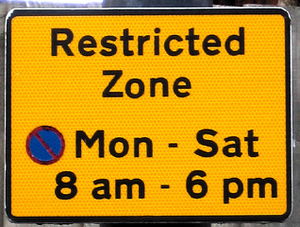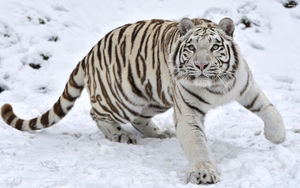Tiger River Conservation Zone

The Tiger River Conservation Zone is a restricted and gated conservation zone along the banks of the 600 mile long Tiger River in the country of Sayaffallah. It gains its name from the large population of snowy tigers that exist within the confines of the area immediately surrounding the river banks. The Conservation Zone covers 95% of the Tiger River banks with an extension approximately 250 miles inland from the river on both sides and only diverging at the Military College of Sayaffallah which is protected and fenced off land run by the Royal Army.
Access
Access to the Conservation Zone itself is limited to those on the pre-approved conservation white list which is supervised by the rangers that manage the Tiger River Conservation Zone. The Conservation Zone only grants access to scientists and researchers and those with a pre-approved research project. For access to recreational areas there is a fenced off recreational corridor extending the 600 miles from Sayaff Lake to the Tiger River Visitor Center at the glacial source of the Tiger River. Despite the significant amount of security and protection provided each year there are dozens of illegal poachers that attempt to poach the tigers and other wildlife within the conservation zone. Recently the Parliament made it a serious level crime to hunt animals without the hunting permit issued by the rangers punishable by up to 4 years imprisonment and a steep fine.
Wildlife

Wildlife found within the Conservation Zone range from snowy white tigers to small rabbits and even deer and elk and buffalo all that provide a sustaining diet for each tier of the food chain. Wildlife viewing stations are scattered throughout the Conservation Zone for the benefit of researchers and include basic primitive accommodations for those on the pre-approved access list. Many researchers and scientists specifically ask to be given housing within the conservation zone at a location of their choosing so that they can stay in a stationary location to best observe the natural pattern of wildlife.
One of the challenges faced by the conservation zone rangers is to allow for the natural migration of animals throughout the park while taking into account the corridors that run through the middle of the park. To accommodate this rangers have built elevated walkways over the corridor that are heavily fenced in with steel and heavy wire fencing to protect those on the corridor and to ensure that the wildlife remains protected. Each year wildlife can be seen running rapidly across these elevated bridges that link one side of the conservation zone to the other thus ensuring that vital migratory patterns are not interrupted by the corridor needs of recreational tourists.